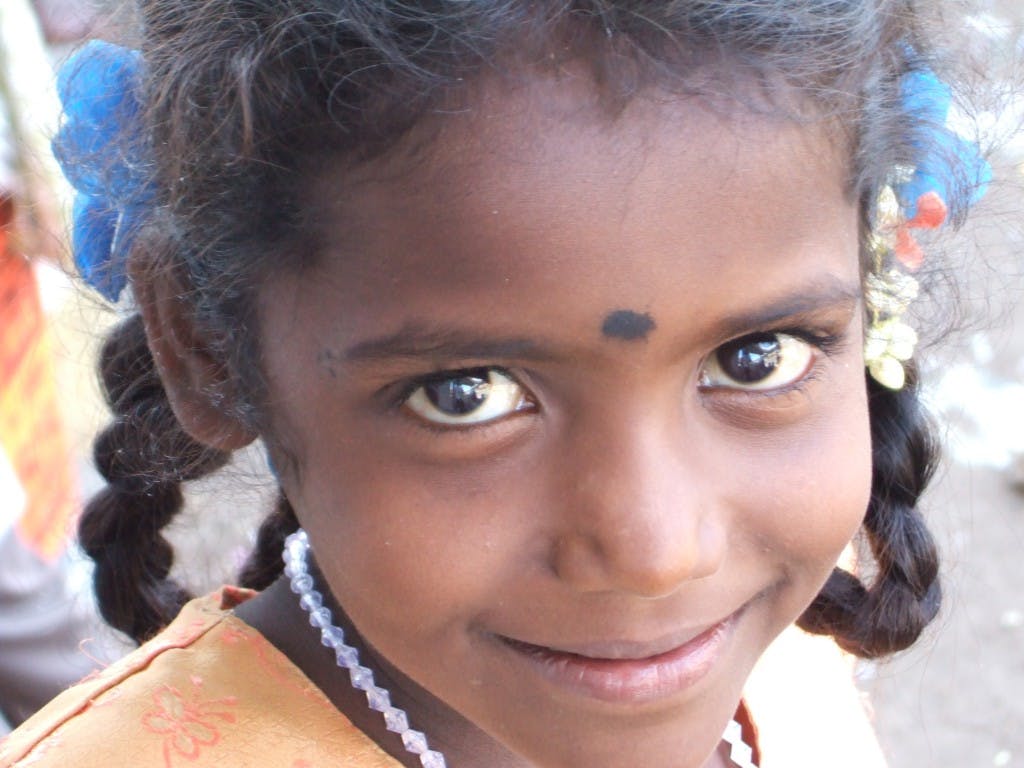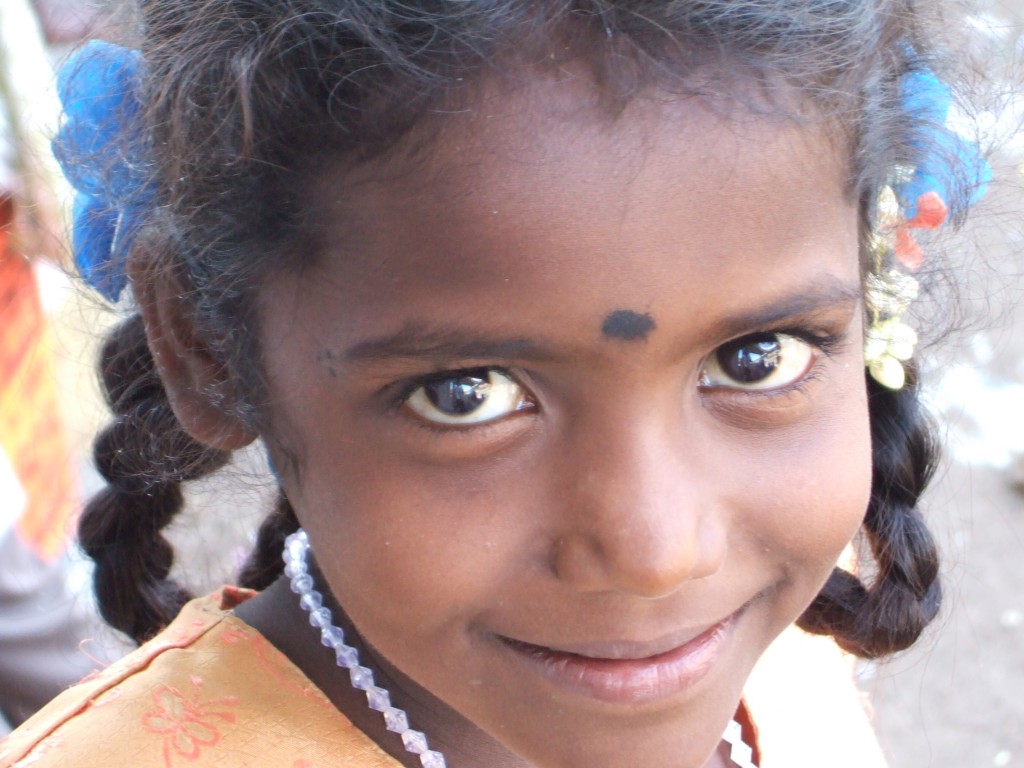Being a Girl in this World
Apr 28, 2022
First story


Young women and girls face multiple and complex barriers to education, gender equality and economic stability including the burden of domestic work from an early age, security issues, child marriage and poor sanitation. Globally, despite recent attention to their role in development, young women and girls continue to experience human rights violations, gender inequality, and exclusion from many gains made under the Millennium Development Goals (MDGs). Young women are too often subject to harmful practices, such as female genital mutilation (FGM) and child marriage, which increases their risk of maternal mortality or childbirth injury, HIV infection, and domestic violence. Young women from marginalised social groups, girls living without their parents, and displaced girls are particularly vulnerable to violence (UNICEF, 2010).
Not only do young women and girls face all this discrimination and high levels of vulnerabilities, but across the world, social attitudes, economic and cultural factors determine for many that it is more preferable having a boy child, a boy being viewed as the golden ticket. In this regard, the war against girls begins in the womb before she has even breathed her first pocket of air. For example, in Afghanistan, for economic and social reasons, many Afghan parents want to have a son. This preference has led to the long-standing tradition of Bacha Posh - disguising girls as boys.
Afghan families practising Bacha Posh, dress their girls up as boys (as opposed to traditional Afghan girl clothing) at a young age and present them to society as boys. The families do it for many reasons, especially shame at not having a male son and the need for a child to be able to work to help support the family. The Bacha Posh girl is allowed to work outside the home and have significantly more freedom in public, and finds it easier to attend school and get an education. This clearly highlights the difficulties that women generally face in Afghanistan, from not being able to access education, the constant social pressure to have a girl and the subsequent exclusion and disappointment at bringing a girl into the world rather than a boy.
Sadly, Afghanistan is not an exception to the philosophy that a boy is the golden ticket. In many cultures, women, young women and girls who fail to produce a male child are excluded from society and viewed as barren. In China, the one child policy discriminates directly against baby girls and many expectant mothers are forced to have abortions by the birth planning officials (All Girls Allowed, 2011). The three words “It’s a Girl”, are often met with great sadness and disappointment, hence prenatal gender determination technology has become more widely used to assist in determining abortions, despite existing strict laws. Furthermore, a majority of baby girls are abandoned and left as orphans. In 2007, UNICEF reported that there were 17 million orphans aged 0-17 in China, most of who were girls.
The term gendercide is a relatively new concern facing the world today. The moral crimes of gender selected abortion penetrate humanity in everyway imaginable. Easy and affordable abortion and prenatal sex diagnostics permit parents to engineer the sex composition of their families — and by extension, of their societies. This therefore, leads to an unhealthy gender imbalance, with significant higher ratio levels of men to women (Eberstadt, 2011). Thus, resulting in increased demand for prostitution and an upsurge in the kidnapping and trafficking of women, young women and girls.
In India, the fact is that a deep-rooted cultural preference for sons remains (WHO, 2012). Dowry plays a pivotal role in this as the enormous expense in marrying off girls, can leave some families in huge debt. In contrast a boy, on the other hand, will one day bring home a bride and dowry. In almost all societies, great importance is placed on continuing a family’s lineage through the male heir.
It is argued that dowry expense and other economical factors (as well as cultural factors) contribute immensely towards child marriage. Child marriage allows parents to reduce family expenses by ensuring they have one less person to feed, clothe and educate. A dowry is often welcome income for poor families. Every year, an estimated 10 million girls aged under 18 are married worldwide with little or no say in the matter. In the developing world, one in seven girls are married before their 15th birthday and some child brides are as young as eight or nine (UNICEF, 2011).




